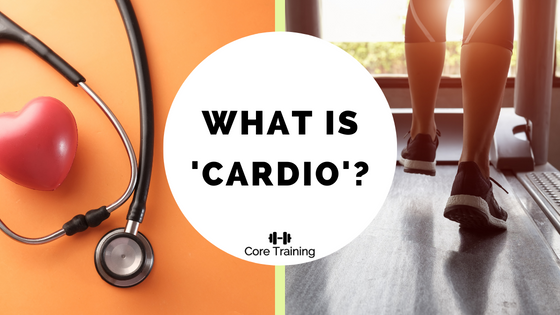What is “Cardio”?
‘Cardio’ is a term that almost everyone who has ever exercised has probably heard, and has at least a vague idea of what it is - or at least what they think it is. However, I’m going to proceed with the theory that most peoples’ idea of what cardio ‘is’ is far more narrow than the reality.
‘Cardio’, in this context, is the abbreviation for cardiovascular, or cardiorespiratory, fitness. In short, your cardiorespiratory fitness is how efficiently your body takes in oxygen and delivers it to your muscles during prolonged periods of exercise. Words that tend to go hand in hand with cardio are ‘stamina’, ‘endurance’ or ‘conditioning’. All of the above would be accurate, and so to0 would the idea that our cardiorespiratory fitness is a good marker for long-term health outcomes, and the prevention of certain chronic diseases.
Where people go wrong, in my opinion, is how they define what qualifies as ‘cardio’ training. To most, cardio means going out and pounding the pavement, or sitting on a bike for long periods of time. To most, cardio means a long period of time exercising, doing the same motion and movement over and over - whether it be cycling, running or whatever the exercise may be. But this just isn’t true.
By definition, cardiovascular training is exercise, of low to high intensity, that exercises the heart, lungs and blood vessels. Cardiovascular training primarily uses the aerobic energy system for fuel - aka in the presence of oxygen. In simple terms, cardiovascular training can be any exercise which elevates your heart rate, and keeps it elevated for a period of time. Which, when you think about it, could be almost any sport, activity or exercise - just depending on the application.
People often tell us that they hate running, but do so because it’s ‘good for them’ - and while that may be true (running is a fantastic form of exercise), I rarely encourage people to continue doing something they truly dislike. And in this context, it’s often a relief for individuals when I tell them that there are many other ways to get similar health benefits to running without donning a pair of trainers and pounding the pavement multiple times per week. You can even train and improve your cardiovascular fitness in the gym, while lifting weights!
Here’s where I need to make the distinction though: endurance training can interfere with strength training (and vice versa) at high intensities. So, if you are trying to either maximise your cardiovascular fitness or your strength, then you need to separate your endurance from your strength workouts. You also need to accept you can’t maximise both at the same time - and so need to go through phases of maximising strength, endurance and hypertrophy (muscle building). However, if you aren’t a high level athlete, or training for a specific event or reason, then this isn’t something you really need to worry about. For the vast majority of us, to develop our cardiovascular health and fitness, we simply need to have our heart-rate elevated, for a moderate period of time (30-60 minutes), several times per week.
So here’s my advice: find exercise and activities that you enjoy doing. Make sure that at least one of them increases your heart rate, and make sure one of them involves using resistance. Do these for at least 30 minutes at a time, 3-4 times per week. Push yourself reasonably hard in these activities, and you will find both your cardiovascular fitness and strength will improve. And remember - an activity can be both resistance-based and improve your cardio.
Move, get out of breath sometimes, move weights. Of course it’s not that simple, but those are the principles you want to address. And if you need help, ask a professional (like us at Core Training).


